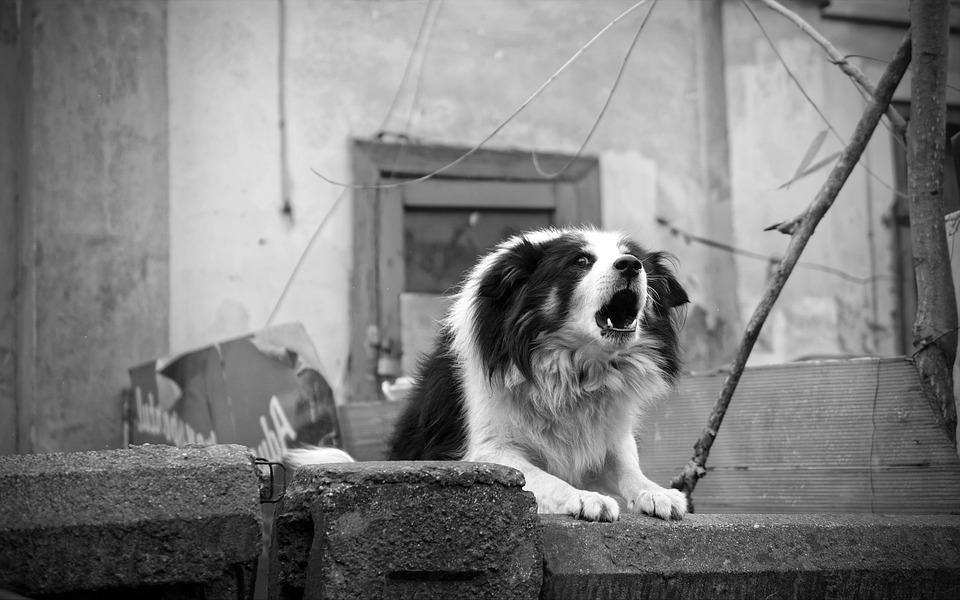
Aggressive behaviour among dogs can be a serious issue for several pet parents. According to dog training in Liverpool, growling, snarling, appearance with elevated ears, head, and neck position, and loud vocalisation are some of the signs of irritation and aggression among pets. Most of these issues develop due to poor socialisation practices during the sensitive early-childhood stage. However, the expert dog trainer in Liverpool recommends that it is possible to calm an aggressive dog through a kind attitude and proper training. Have a look at some tried and tested strategies for pacifying sensitive dogs.
Lowering The Dog’s Stress Levels
One of the best ways of counteracting the aggressiveness among dogs is by reducing their stress. The first step of dog training in Liverpool is identifying the triggers inducing sensitive behaviour, and developing preventive measures to pacify them. In most cases, other dogs, people with unusual behaviour, automobiles, and squirrels can act as triggers. You can start by erecting a fence around the kennel so that the pet does not come in contact with triggers. Keep some food-based incentives handy to timely reward the dog for demonstrating politeness.
Regular Physical Exercises And Relaxation
The dog trainer in Liverpool also advocates that adequate physical exercises like running and playing help in channelising the energy of pets and limit aggression. It is especially true for large breeds like German Shepherds, Boxers, and Dobermanns. Allow dogs to exercise for an hour to maintain their physical and mental well-being. However, if your pet is old or has a medical issue, reduce the time-length and vigorousness of physical activities after consulting a veterinarian. Do not forget to assign time for relaxation after exercises.
Preventing Biting
Some aggressive dogs also have a history of biting. It is crucial to monitor them closely to prevent such behaviour in the future. Trainers often use a physically comfortable muzzle that even allows pets to consume food while wearing them. Minimise the situations that induce fear among pups as desensitisation coupled with reward, is the best practice to calm aggression.
Be Patient During Training
Do not expect an aggressive dog to calm down within a week of training. Sometimes it can even take weeks and months to socialise them. Older dogs take more time to pacify than pups. However, always maintain calm and patience during the training session, and refrain from punishing aggressive behaviour or warning signs.
So, now you know how to train and calm an aggressive dog. Follow these tips and socialise your pet in a few months.
